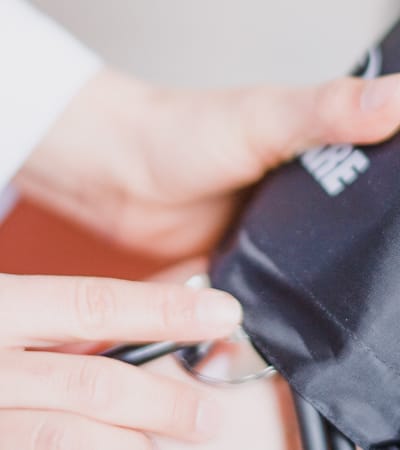Avascular Necrosis of the Hip
Causes
Avascular necrosis of the hip occurs when the bone experiences an interruption or reduction of blood supply. Blood allows the cells of the bone to grow and make repairs. When circulation is cut off, bone cells will die. There are a number of factors that can lead to lost blood supply, including injuries, cancer treatments, fatty deposits in the blood vessels, and diseases such as sickle cell anemia. Blood flow can also be impacted by alcoholism and medications.
Symptoms
Symptoms are gradual and most people do not notice the early stages of avascular necrosis. Pain will gradually become noticeable in the hip or buttocks, especially during physical activity. As the condition becomes more severe, it will be difficult to put weight on the hip and pain could occur while laying down.
Diagnosis
Physicians will assess your symptoms and medical history. A physical exam to check the joints for tenderness and range of motion will also take place. Imaging tests such as x-rays may be used to identify bone changes in later stages of avascular necrosis.
Treatment
Anti-inflammatory, osteoporosis, blood thinners, and cholesterol lowering medications may be used to treat early stages of avascular necrosis. Rest and physical therapy are also effective. Because symptoms form gradually and may not be noticed until the condition is advanced, physicians could recommend surgery.




